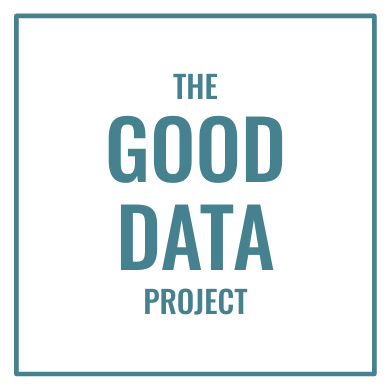In January 2022 a restaurant trade publication cited my research about effective digital marketing:
“Stop making Facebook the center of your relationship marketing efforts,” says Nate Elliott, VP and Principal Analyst at Forrester. […] Facebook reach is declining to less than 2%, which means when you post about your food or events, very few people see it.
Outstanding research and analysis, if I do say so myself.
Except, I haven’t worked at Forrester since 2015. I published that report in November 2014. The 2% organic reach number originally came from a March 2014 Ogilvy study.
I have no idea how many Facebook fans brands could reach organically in 2022. But I do know that 8-year-old data isn’t accurate, no matter how good it was at the time. Likewise, recommendations based on 8-year-old data hold little value.
Lots of things used to be true. George Washington used to be president. Jerry Seinfeld used to have a TV show. My mom used to sell Avon. But if you cited any of those as fact today, you’d be wrong. Even good data expires.
So when should you stop citing data as current fact?
When your study subjects make big changes. Yes, large brands’ Facebook posts reached 2% of their followers in February 2014. But as soon as Facebook updated its algorithm (as it did in January 2015), that number was no longer current.
When your data set changes. On January 13, 2024, Ron DeSantis was ahead of Nikki Haley in national Republican primary polling. On January 21 DeSantis dropped out of the race, and survey data from just eight days earlier was out of date.
When your data is more than a few years old. Even without drastic changes by your study subject or within your data set, data ages eventually. There’s no set rate at which this occurs — but my rule of thumb is to clearly reveal when the data I’m using is more than two years old, and whenever possible to stop using it entirely within four or five years.
Of course you can still reference data that’s no longer current; this kind of trending adds valuable context to data storytelling. You just can’t cite old numbers as current facts.
What’s the best or worst data copy you’ve seen lately? Post it in the comments below or on LinkedIn. And if you want good data delivered to your inbox, subscribe here.

